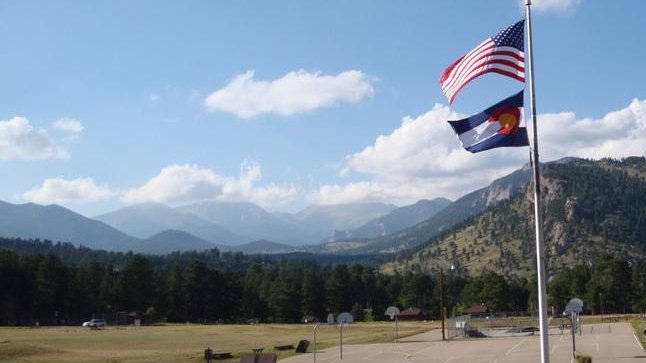(Flickr/Kevin Hutchison)
Ten counties in northern Colorado are considering breaking off from the state to form their own they say would better represent local interests.
The 10 "North Colorado" -- as the 51st state would be called -- counties met Monday in Washington County to begin mapping boundaries that would better represent rural Coloradans.
Secessionists say the urban-heavy state Senate and General Assembly don't properly represent the interests of rural communities, an issue that has only grown since legislation passed earlier this year to raise renewable energy standards, enforce stricter gun laws.
Legislators also considered implementing tougher oil and gas standards.
“I say 80 percent of the oil and gas revenue in the state of Colorado is coming out of northeastern Colorado -- Weld, Yuma County, and some of other counties,” Weld County Commissioner Sean Conway said. “Seventy percent of the K-12 funding is coming off the state lands in Weld County alone. I’m telling you we are economic drivers.”
Weld, Phillips, Yuma, Kit Carson, Morgan, Logan, Sedgewic, Lincoln and Cheyenne county representatives gathered in Washington County to move forward with an effort to get the secession put on the ballot as soon as November.
Three other counties and two Kansas counties also expressed interest.
Formation of a new state requires voter approval as well as go-ahead from the Colorado General Assembly and the U.S. Congress.
Should the secession effort fail, however, the group has considered a backup plan that would involve changing the makeup of the General Assembly.
Many county commissioners at Monday's meeting seemed to lean toward this plan, rather than pushing secession, since they said many constituents were wary of the obstacles -- including renegotiating critical water agreements and highway funding -- to becoming a new state.
The so-called "Phillips County plan" would rejigger the representation in the state House or Senate to reflect area instead of population, which would give sparser counties a significant advantage.
Representation to both the state House and Senate are currently based on population.
A bill in the state legislature would have to approve the change, and barring that, a citizen initiative.
While there is some precedent for part of a state breaking off and forming its own, the most recent successful secession was way back in 1863, when West Virginia split off from Virginia.
Before that, Maine broke off from Massachusetts in 1820, and Kentucky separated from Virginia in 1792.







